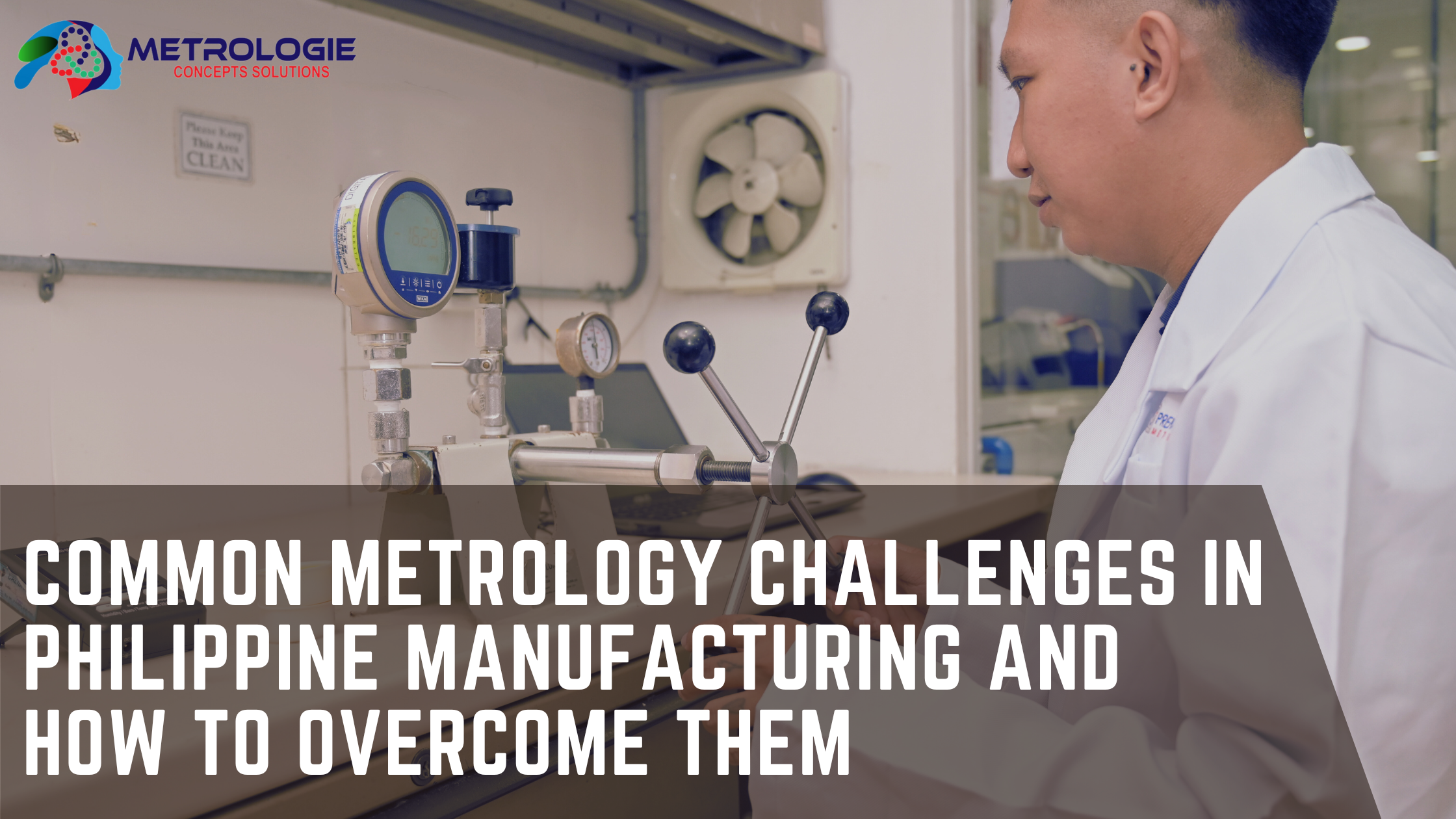Discover the common metrology challenges faced by the Philippine manufacturing industry and learn effective strategies to overcome them. Find insights and expert advice on improving quality and precision in manufacturing processes.
Introduction
The Philippine manufacturing sector has been a significant contributor to the country’s economy, producing a wide range of products from electronics to textiles. However, like any manufacturing industry, it faces its fair share of challenges in ensuring precision, accuracy, and quality in its processes. In this article, we will delve into the common metrology challenges that the Philippine manufacturing industry encounters and provide actionable insights on how to overcome them.
Common Metrology Challenges in Philippine Manufacturing
The realm of manufacturing in the Philippines is not without its hurdles. Let’s explore some of the key challenges:
Lack of Advanced Metrology Equipment Integration
The Challenge: Many manufacturing units in the Philippines struggle with the integration of advanced metrology equipment. This can hinder accurate measurements and quality control processes.The Solution: Investing in modern metrology equipment and ensuring seamless integration can greatly enhance accuracy and quality control. Collaborating with suppliers that offer training and technical support can also alleviate this challenge.
Inadequate Workforce Training
The Challenge: Skilled metrologists are essential for accurate measurements. However, the shortage of trained professionals can lead to inaccuracies in measurements and quality issues.The Solution: Manufacturing companies should prioritize workforce training programs. Partnering with technical institutions and offering in-house training can help develop a skilled workforce capable of managing metrology challenges.
Variability in Measurement Standards
The Challenge: Different industries and sectors often follow diverse measurement standards, leading to confusion and inconsistencies in metrology practices.The Solution: Establishing a standardized approach to measurements within the organization and adhering to internationally recognized measurement standards can eliminate confusion and enhance quality control.
Limited Awareness of Metrology Importance
The Challenge: Some manufacturing units underestimate the significance of metrology in ensuring product quality, leading to inadequate investment in metrology resources.The Solution: Educating key stakeholders about the pivotal role metrology plays in quality assurance can lead to increased investment in metrology resources, ultimately improving product quality.
Inefficient Data Management
The Challenge: Poor data management practices can hinder effective analysis and decision-making based on metrology data.The Solution: Implementing robust data management systems and utilizing data analytics tools can streamline data collection, analysis, and interpretation, aiding in making informed decisions.
Lack of Interdisciplinary Collaboration
The Challenge: Metrology often requires collaboration between different departments, such as engineering and quality control. A lack of coordination can lead to miscommunication and errors.The Solution: Encouraging cross-functional collaboration and implementing clear communication channels can facilitate smoother metrology processes and accurate measurements.
External Environmental Factors
The Challenge: External factors such as temperature, humidity, and vibration can influence measurement accuracy, especially in delicate manufacturing processes.The Solution: Creating controlled environments and implementing corrective measures, such as vibration isolation and temperature regulation, can minimize the impact of external factors on measurements.
Overcoming Metrology Challenges: Expert Insights
Leveraging Digital Twin Technology
Digital twin technology creates virtual replicas of physical manufacturing processes, enabling manufacturers to simulate and optimize processes before implementation. This can identify potential measurement challenges and mitigate them in the planning phase.
Implementing Statistical Process Control (SPC)
SPC involves continuous monitoring of manufacturing processes using statistical techniques. By analyzing real-time data, manufacturers can detect variations and deviations, allowing for immediate corrective actions.
Investing in Calibration Services
Regular calibration of metrology equipment is essential to ensure accurate measurements. Collaborating with certified calibration service providers can maintain the precision of instruments and avoid inaccuracies.
Embracing Lean Manufacturing Principles
Lean manufacturing emphasizes waste reduction and process optimization. Applying lean principles can streamline metrology processes, reduce measurement errors, and improve overall efficiency.
Training and Development Initiatives
Manufacturers should invest in ongoing training and skill development programs for metrology professionals. This ensures that the workforce remains updated with the latest techniques and technologies.
External Link: Learn more about Lean Manufacturing Principles
FAQs
Q: How does metrology impact product quality?
A: Metrology plays a critical role in ensuring product quality by providing accurate measurements and control over manufacturing processes.
Q: What are the benefits of using digital twin technology in metrology?
A: Digital twin technology allows manufacturers to simulate processes, identify potential challenges, and optimize processes before implementation, leading to improved accuracy and efficiency.
Q: How can manufacturers overcome the challenge of inadequate workforce training?
A: Manufacturers can overcome this challenge by partnering with technical institutions, offering in-house training, and prioritizing workforce skill development.
Q: What is Statistical Process Control (SPC)?
A: SPC is a methodology that involves continuous monitoring of manufacturing processes using statistical techniques to detect variations and deviations and take corrective actions.
Q: Why is standardized measurement important in manufacturing?
A: Standardized measurement ensures consistency and accuracy across different processes and industries, reducing confusion and improving overall quality control.
Q: What is the role of external environmental factors in metrology?
A: External factors like temperature, humidity, and vibration can influence measurement accuracy. Manufacturers can mitigate their impact through controlled environments and corrective measures.
Conclusion
In the realm of Philippine manufacturing, metrology challenges are inevitable, but they are also conquerable. By investing in advanced equipment, prioritizing workforce training, standardizing measurements, and embracing technological advancements, manufacturers can overcome these challenges and improve the accuracy, quality, and efficiency of their processes. As the industry continues to evolve, a proactive approach to metrology will undoubtedly lead to enhanced product quality and a competitive edge.



